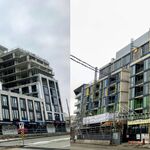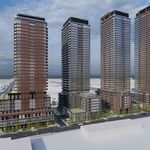afransen
Senior Member
Don't want to sidetrack this thread, if you want to discuss further, we have discussed in the Disruption of Transport thread. I'll just remind folks that cars used to require a flag man.
 urbantoronto.ca
urbantoronto.ca
The Coming Disruption of Transport
Batteries have become much cheaper in the past two years. These ultra-low battery price have major implications for the automotive and power sectors. Battery cells at $50/kWh means the technology to decarbonize most of road transport globally is already here, as opposed to in some future...




